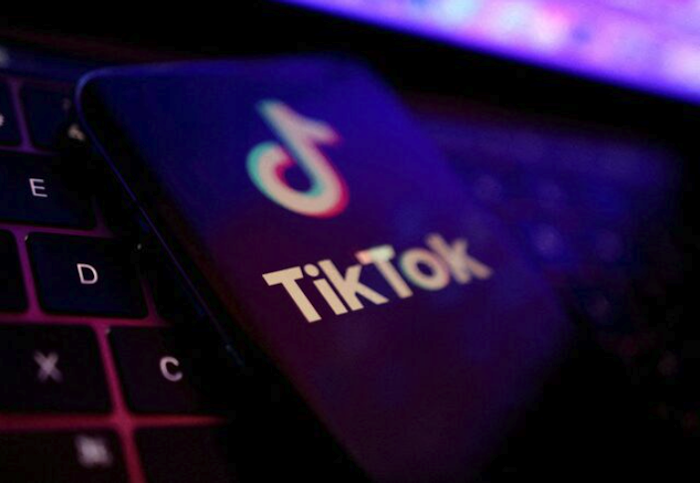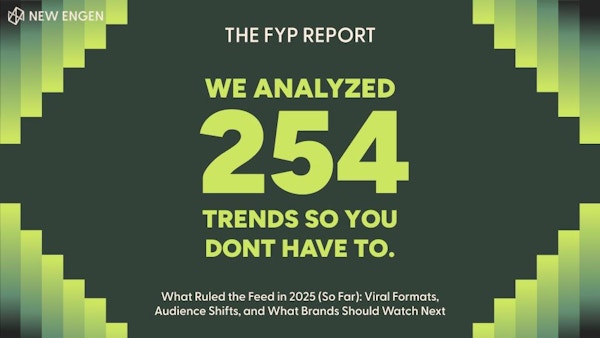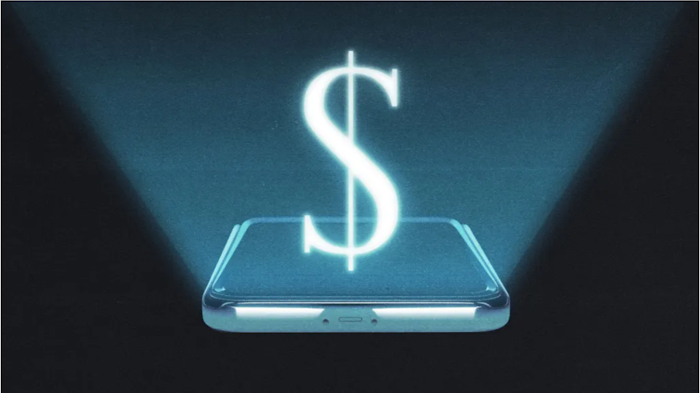Why You Might Not Be Landing Brand Deals: A Creator’s Guide to Brand Safety Expectations
You’re creating amazing content, growing your audience, and doing everything “right”, but the brand deals you really want still aren’t landing. Why?
Here’s the behind-the-scenes truth most creators don’t get to see: brand partnerships, especially with major companies, don’t get decided in a vacuum.
When a brand decides to work with a creator, that decision often passes through multiple teams—legal, PR, brand, social, marketing, and more. And while each team may be evaluating different things, they’re all aligned on one shared priority: brand safety.
That doesn’t mean creators can’t be bold, authentic, or opinionated. It just means if you’re aiming to work with more brands—or bigger ones—you need to understand how your content might be interpreted through their lens.
This guide isn’t about changing who you are. It’s about helping you identify potential friction points and determine what’s worth adjusting based on the types of partnerships you’re pursuing.
Understand the Brand's Perspective
Most large brands have formal brand safety guidelines—some written, some just deeply ingrained in their company culture.
They’re looking to partner with creators who feel like an extension of their values, tone, and audience. That means they’re paying attention not only to your content, but your bio, your comments, your following, your tone, and even who you engage with.
So if you’re not getting selected for certain campaigns, it doesn’t necessarily mean your content isn’t good—it might just not align with the brand’s risk tolerance or reputation strategy.
Let’s walk through a few areas that brands are typically reviewing—along with some optional adjustments that can help you stay partnership-ready without losing your voice.
Reason #1: Visibility Into Your Performance
Why brands care:
Engagement is often more important than reach. If your likes, comments, or views are hidden, it can be hard for brands to assess how your audience actually interacts with your content.
What you can do:
Make key engagement metrics visible if you’re applying to campaigns. Brands want to see not just beautiful content—but active, invested communities.
Reason #2: Content That May Not Align With Brand Guidelines
Why brands care:
Some content—especially that which includes profanity, nudity, or explicit lyrics—can raise concerns for brand teams that are navigating compliance, PR, and legal constraints.
This doesn’t mean your content is “wrong.” It just may not be a fit for every brand, especially those with a family-friendly or conservative tone.
What to consider:
If you’re using a trending audio, ask: “Would I feel comfortable saying this out loud in a brand’s office?”
If you’re posting a bold outfit, ask: “Would this align with the tone of the brands I want to work with?”
You can keep your edge—just be thoughtful about what content you pin, feature, or link from your creator profile.
Reason #3: Political and Religious Views
Why brands care:
Major brands often serve wide and diverse audiences—and as a result, many adopt a neutral public stance on topics like politics or religion. This neutrality isn’t always about disagreement; it’s often about limiting risk across legal, PR, and internal teams.
Even small mentions—like a political quote in a bio or a retweet from a faith leader—could cause you to be disqualified during the vetting process. That doesn’t mean your values are wrong. But it does mean they might not align with a brand’s current risk threshold or messaging strategy.
What to consider:
If you're passionate about activism or faith, and it's a core part of your creator identity, that’s valid. However, if you're aiming to work with brands that prioritize neutrality, it may be worth avoiding overt affiliations or commentary on a personal account, or establishing clear boundaries between content types.
Reason #4: Too Much Sponsored or Branded Content
Why brands care:
If your profile is mostly branded content, it may be harder for a brand to envision an authentic collaboration, or worse, they may worry that your audience is tuning out.
What to consider:
Aim for a balanced mix of organic and branded content
When featuring a product or brand organically, avoid prominently showing logos or naming retailers unless required
Try not to feature direct competitors of the brands you're applying to
A good rule of thumb: if a brand looked at your last 9 posts, would it feel like you are the focus—or the products?
Reason #5: Suspicious or Inauthentic Follower Activity
Why brands care:
When a creator’s audience appears inflated with bots, spam, or low-quality engagement, brands start to question the return on investment. They're not just looking at follower count—they're evaluating who’s engaging and how.
What to look for:
Sudden spikes in followers without a viral moment
Generic or irrelevant comments like “Love this!” or “Check my profile”
Followers with no posts or accounts with dozens of posts uploaded on the same day
A comment section that’s mostly other influencers or creators with identical engagement patterns
If most of your comments are coming from other influencers—and not your actual community—it could raise a red flag. Brands may assume you're part of a comment pod, which can give the appearance of inflated engagement without meaningful audience interaction.
What you can do:
Use Instagram’s built-in tools to filter and remove spammy or bot accounts
Block or report fake followers
Regularly review new followers and clean up suspicious activity
Avoid participating in comment pods—they often hurt your credibility more than help
Organic, authentic engagement—no matter how big or small—builds long-term trust with brands and leads to better partnership opportunities.
Creator Profile Clean-Up Checklist
Want to make sure your presence supports the kind of partnerships you want? Here’s a quick check:
✔️ Are your engagement metrics visible?
✔️ Is your tone brand-friendly and aligned with the partnerships you’re pursuing?
✔️ Do your pinned or recent posts reflect your best, most relevant work?
✔️ Are you balancing sponsored content with organic storytelling?
✔️ Is your business contact info easy to find?
✔️ Are you aware of the brand safety expectations in the verticals you’re applying to?
✔️ Are you following or sharing anything that could raise concerns (intentionally or not)?
It’s About Alignment, Not Perfection
You don’t need to water down your voice or erase your identity to work with brands. But if you’re looking to partner with major brands—especially those with formal approval processes—it helps to understand how they view creator selection.
The goal is not to change who you are. It’s to strategically present yourself in a way that aligns with the partnerships you want most.
👉 Want more insider tips and exclusive brand campaigns?
Join the New Engen Creator Network to access curated opportunities, brand insights, and tools to help you grow as a professional creator.
Already part of the network? Log in and update your profile to make sure you're ready when your next dream brand comes calling.







